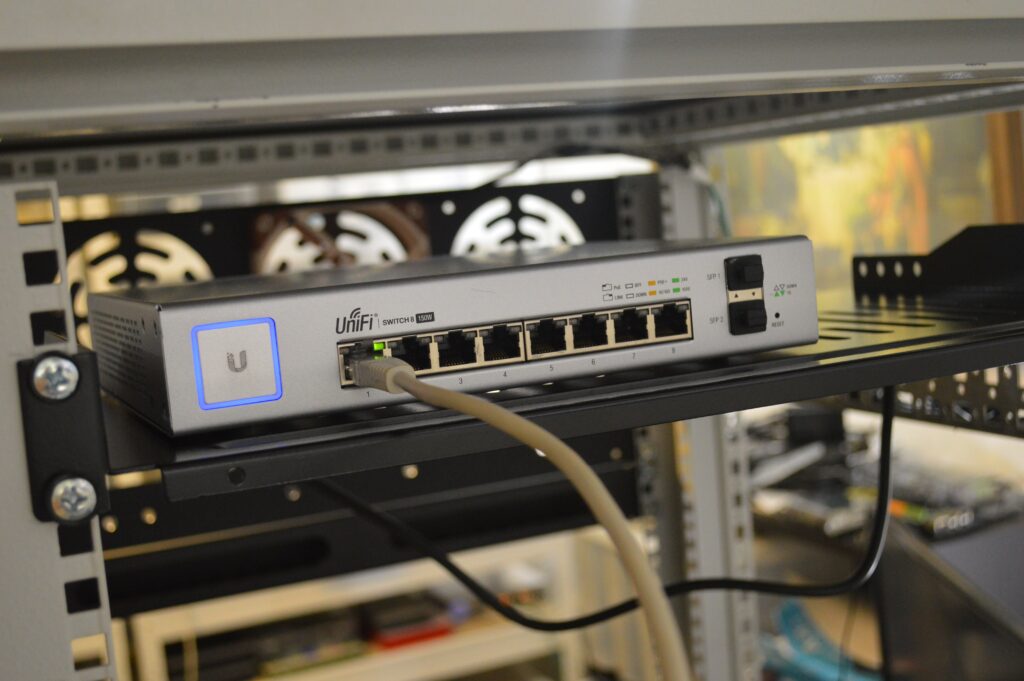In this guide, we will walk you through the process of self-installing your internet and Wi-Fi connection. From unboxing your equipment to troubleshooting common issues, we have you covered every step of the way. Let’s dive in!
Table of Contents
- Unpacking Your Equipment
- Connecting Your Modem
- Setting Up Your Wi-Fi Router
- Optimizing Wi-Fi Performance
- Troubleshooting Common Issues
- Frequently Asked Questions
Unpacking Your Equipment
Before you begin the self-installation process, ensure that you have received the following equipment from your internet service provider (ISP):
- Modem
- Wi-Fi router (if not integrated with the modem)
- Ethernet cables (at least two)
- Power adapters
- Coaxial cable
- Quick start guide

Inspect the contents of your package and make sure that all the items are in good condition. If anything is missing or damaged, contact your ISP immediately for a replacement.
Connecting Your Modem
Follow these steps to connect your modem:
- Locate the coaxial cable outlet: Find the coaxial cable outlet in your home, typically installed by your ISP or a previous tenant.
- Attach the coaxial cable: Connect one end of the coaxial cable to the outlet and the other end to the coaxial port on your modem.
- Connect the power adapter: Plug the power adapter into the modem and an electrical outlet. Turn on the modem by pressing the power button.
- Verify the modem’s status: Wait for the modem’s lights to stabilize. The power, online, and downstream/upstream lights should be solid, indicating a successful connection.
Setting Up Your Wi-Fi Router
Once your modem is connected and functioning properly, follow these steps to set up your Wi-Fi router:
- Connect the router to the modem: Using an Ethernet cable, connect the router’s WAN or Internet port to the modem’s Ethernet port.
- Power up the router: Plug the power adapter into the router and an electrical outlet. Turn on the router by pressing the power button.
- Configure the router: Connect a device (e.g., computer, smartphone) to the router’s default Wi-Fi network, as mentioned in the quick start guide. Open a web browser and enter the router’s default IP address or URL to access its web interface. Log in with the default credentials, also provided in the quick start guide.
- Set up Wi-Fi networks: Follow the on-screen instructions to set up your Wi-Fi networks. Customize the network names (SSIDs) and passwords for both the 2.4 GHz and 5 GHz bands. Make sure to choose strong passwords and enable WPA3 encryption for optimal security.
Optimizing Wi-Fi Performance
To ensure the best Wi-Fi performance, consider the following tips:
- Router placement: Place your router in a central location, away from metal objects, appliances, and other sources of interference. Keep it elevated and positioned vertically for better signal propagation.
- Update firmware: Regularly check for and install firmware updates for your router. The updated firmware can improve performance, stability, and security.
- Use dual-band: Take advantage of both the 2.4 GHz and 5 GHz bands. Connect devices that require faster speeds or lower latency to the 5 GHz band, while reserving the 2.4 GHz band
